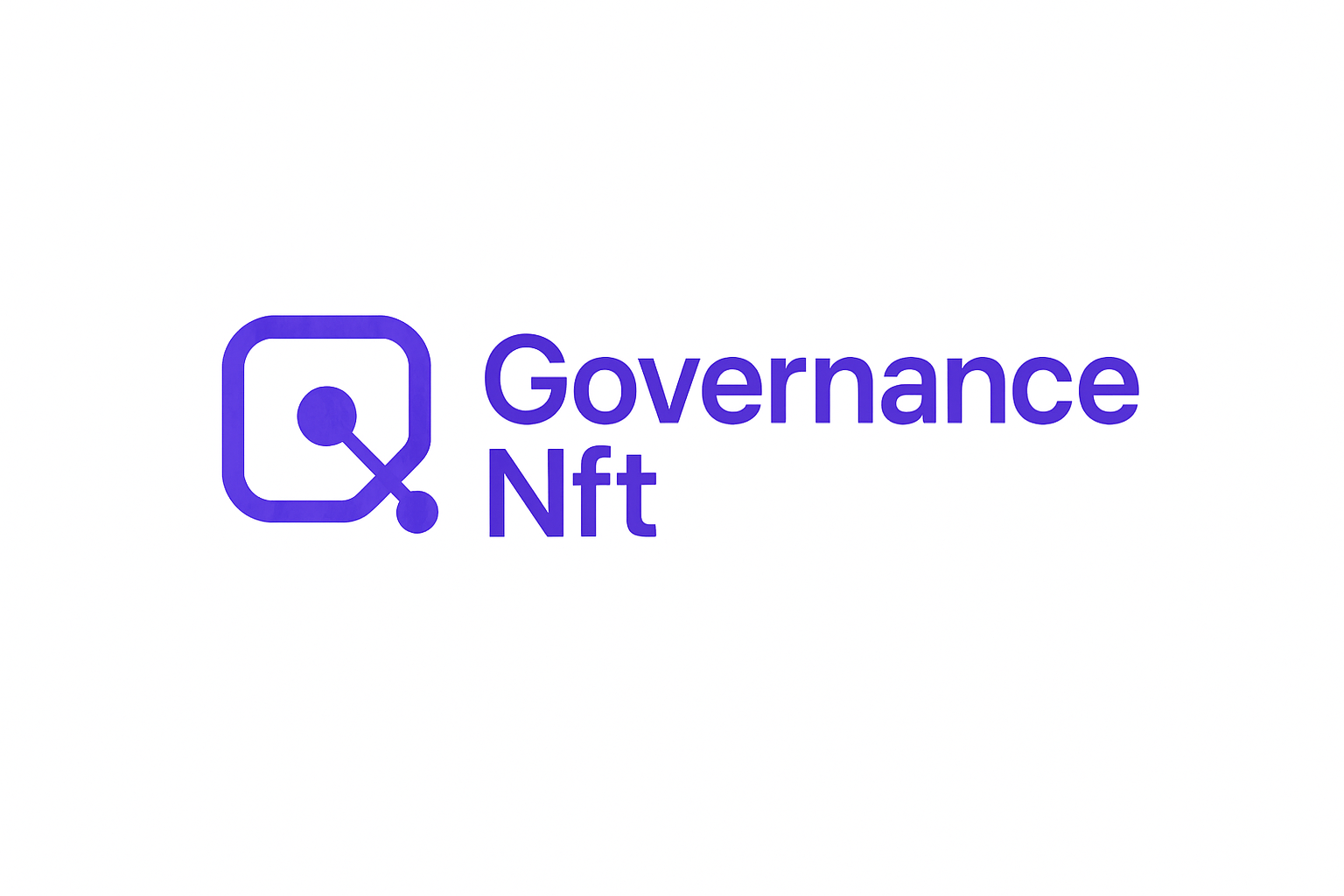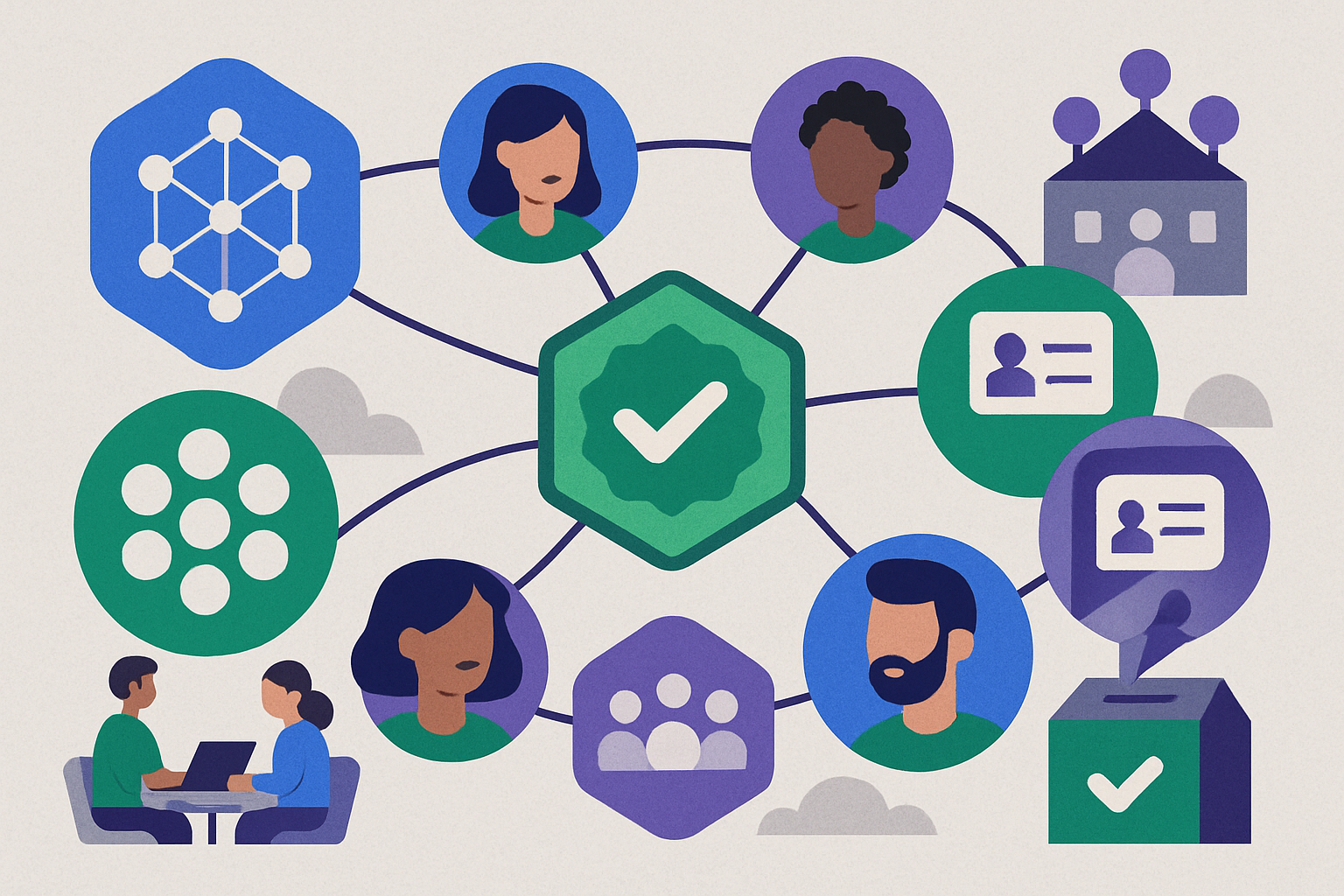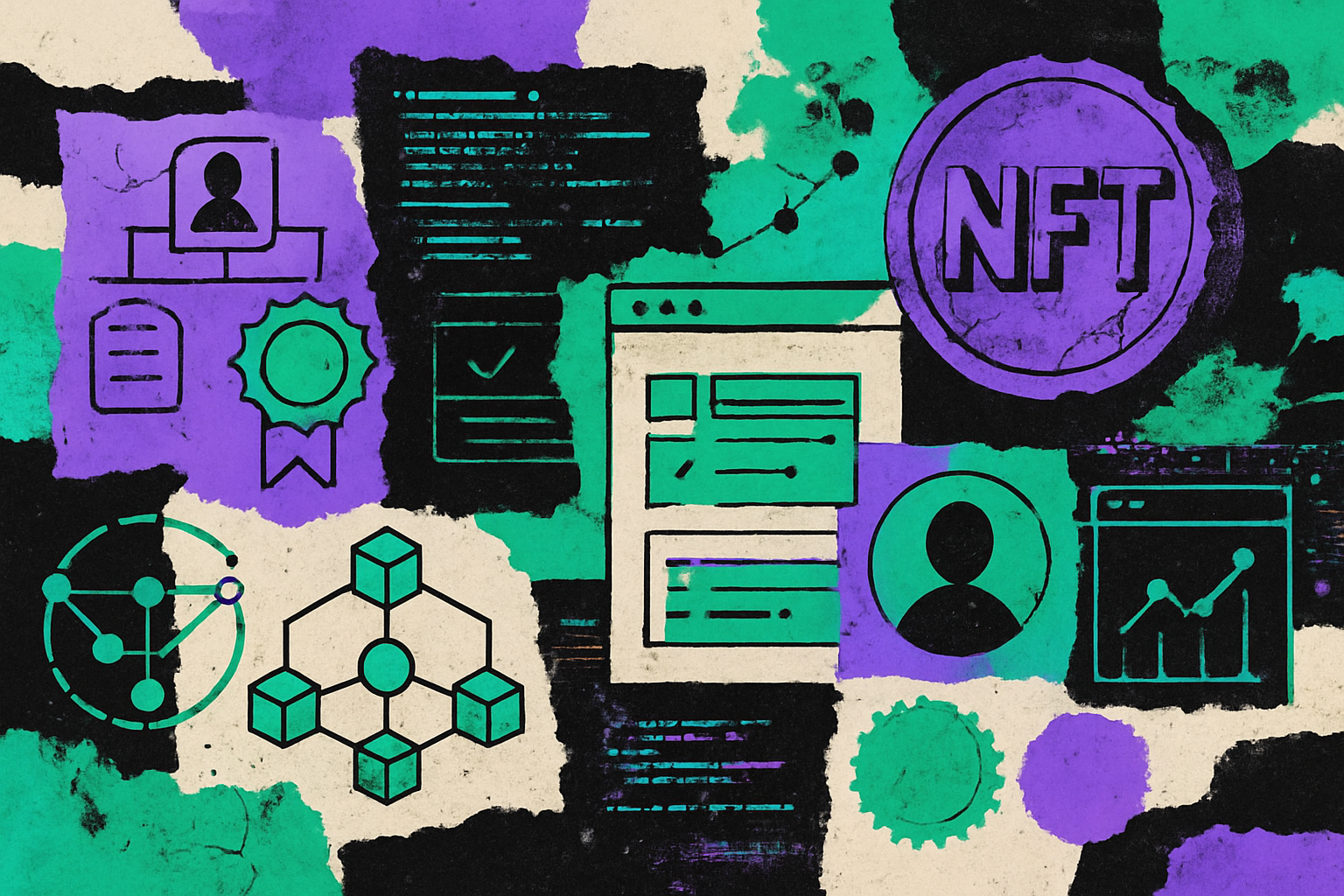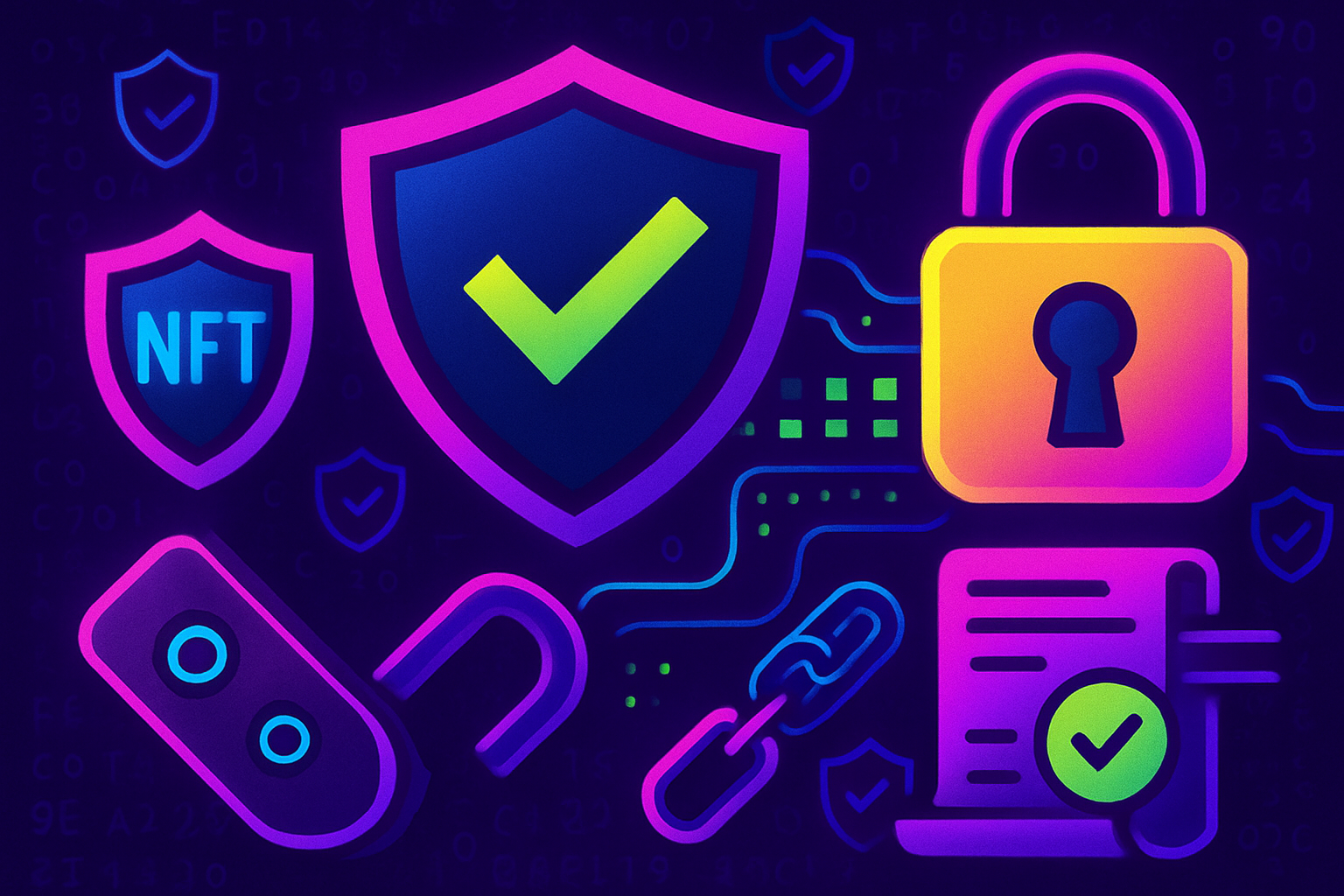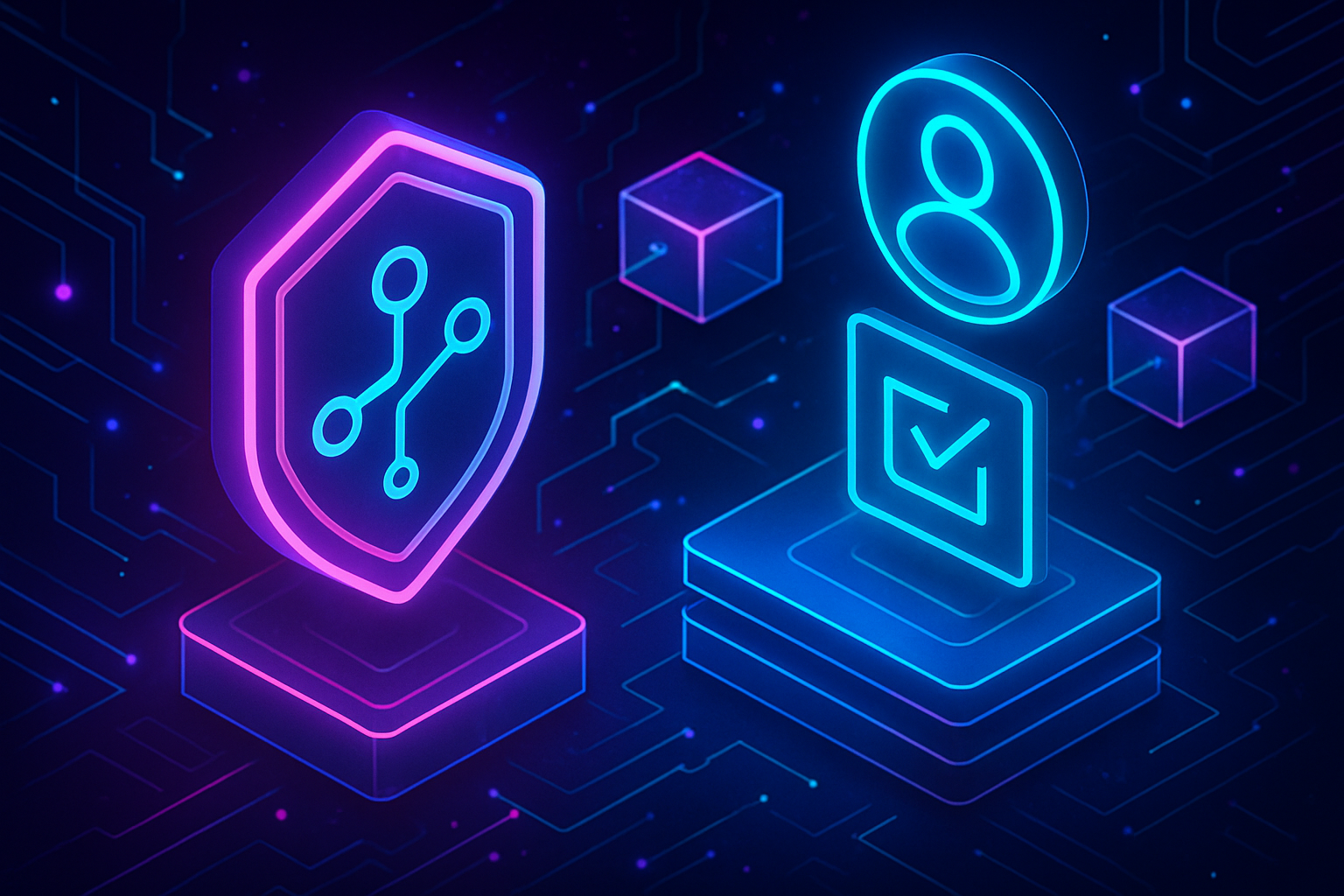
The landscape of decentralized governance is rapidly evolving, with DAOs (Decentralized Autonomous Organizations) increasingly turning to governance NFT badges as a transparent and innovative way to formalize voting rights and reward community participation. These unique, non-transferable NFTs, often called Soulbound Tokens (SBTs): are more than just digital collectibles; they’re verifiable credentials that reflect a member’s contributions, achievements, or roles within a DAO. Let’s dive into how your DAO can issue governance NFT badges to empower voting rights and foster a more meritocratic ecosystem.

Why Governance NFT Badges Are Changing the Game
Traditional token-based voting systems in DAOs often face challenges around fair representation, voter apathy, and sybil attacks. Governance NFT badges offer a fresh approach by making voting power directly tied to real contributions or specific achievements rather than just token holdings. For example, platforms like Otterspace enable DAOs to issue non-transferable badges that can’t be bought or sold, ensuring that each badge genuinely represents an individual’s effort or standing within the organization (see Otterspace protocol).
This model creates new opportunities for DAOs to:
- Reward active contributors with meaningful credentials
- Formalize voting rights based on merit and engagement
- Boost transparency by making badge criteria and issuance public
- Reduce manipulation risks, since badges are typically non-transferable
A Step-by-Step Guide: Issuing Governance NFT Badges for DAO Voting Rights
If you’re ready to enhance your DAO’s governance with NFT-based voting, here’s how you can get started:
1. Define Badge Criteria That Reflect Real Value
The first step is deciding what actions or milestones should earn a member a governance badge. Maybe it’s completing key tasks, participating in community events, taking on leadership roles, or successfully executing bounties. The clearer and more objective your criteria, the easier it will be for members to understand how they can participate, and for the community to trust the system.
2. Design Unique Badges That Tell Your Story
A badge isn’t just functional, it’s also symbolic! Work with your creative team (or use platforms like FOMO HOUSE) to design visually distinct NFTs for each role or achievement. Not only does this make them more desirable, but it also helps reinforce your DAO’s culture.
Coding and Integrating Badge Smart Contracts
You’ll need robust smart contracts to mint and manage these non-transferable NFTs. On Ethereum or Solana, you can leverage open-source protocols like Otterspace or activate an NFT voting plugin via Realms (learn about Realms’ NFT voting integration here). These tools let you:
- Create SBTs that are permanently bound to a wallet address (non-transferable)
- Add badge holders’ wallets to allowlists for proposal creation and voting (as used in Aragon DAOs)
- Automate issuance based on predefined triggers, such as completing bounties (like MeritDAOcracy does: see their approach here)
NFT-Based Voting Mechanisms: From One-Badge-One-Vote to Weighted Power
The flexibility of governance NFT badges means you can tailor your DAO’s decision-making process. Some communities prefer simple models where each badge equals one vote; others implement weighted systems where higher-level badges confer greater influence. Platforms like Snapshot even allow permissionless creation of custom voting strategies based on badge ownership.
When implementing governance NFT badges, it’s crucial to align your voting model with the values and goals of your DAO. For instance, a one-badge-one-vote system is highly democratic and easy to understand, while a weighted approach can incentivize deeper engagement by granting more influence to those who’ve demonstrated greater commitment or expertise. No matter which path you choose, be transparent about how badge ownership translates into voting rights, clarity builds trust and encourages participation.
Integrating these badges with existing DAO frameworks is more accessible than ever. On Solana, activating the NFT voting plugin through Realms’ Plug and Play mechanism lets you seamlessly connect badge ownership to governance power (see Realms documentation). Similarly, on Ethereum, Otterspace’s protocol provides a toolkit for issuing non-transferable badges that are recognized by your governance processes (learn more at Otterspace).
Best Practices for Issuing Governance NFT Badges
- Automate Issuance: Use smart contract triggers or integrations with project management tools so that badges are awarded immediately when criteria are met. This reduces admin overhead and ensures real-time recognition.
- Prioritize Security: Audit your badge smart contracts thoroughly to prevent exploits or unauthorized minting.
- Communicate Clearly: Keep members informed about how they can earn badges, what each badge represents, and how it impacts their voice in governance decisions.
- Maintain Transparency: Make badge criteria and issuance logs public. This not only fosters accountability but also motivates participation by showcasing real contributors.
The move toward non-transferable NFT-based governance is already paying dividends for leading DAOs. Projects like MeritDAOcracy have seen increased engagement as contributors strive to earn Soulbound badges that unlock real influence (see MeritDAOcracy’s showcase). And as platforms like Snapshot continue evolving their voting strategies, expect even more flexibility in how DAOs can leverage verifiable credentials for fairer decision-making.
Empowering Decentralized Communities With Verifiable Credentials
The adoption of governance NFT badges marks a pivotal shift in how DAOs structure participation and reward meaningful contributions. By anchoring voting rights to on-chain achievements rather than mere token holdings, communities can foster meritocracy while minimizing manipulation risks. The result? More engaged members, higher-quality proposals, and ultimately stronger decentralized organizations.
If you’re ready to bring transparency and innovation to your DAO’s governance process, now is the perfect time to explore badge-based models. With user-friendly platforms making issuance seamless, and a growing ecosystem of tools supporting verification, your community can start reaping the benefits of verifiable credentials today.
